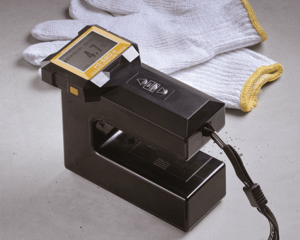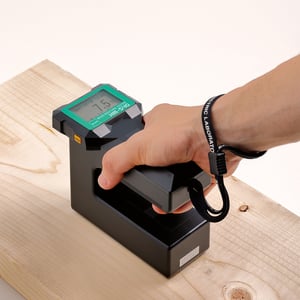 "To live is to choose. But to choose well, you must know who you are and what you stand for, where you want to go and why you want to get there." Kofi Annan, former Secretary- General of the United Nations & Nobel Peace Prize Winner
"To live is to choose. But to choose well, you must know who you are and what you stand for, where you want to go and why you want to get there." Kofi Annan, former Secretary- General of the United Nations & Nobel Peace Prize Winner
This has been a week of considering choices. As one season shifts to the next, it seems fitting to re-evaluate the status quo, step back and reflect on what is, and what isn't working in your current operation.
As Mr. Anan states, making the 'right' choice comes down to these moments of reflection. While he was referring to a general life philosophy, the same basic principle applies to making any choice wisely, simply understand your basics: where you're originating, where you're heading, and what you hope to achieve.
Offering the widest selection of moisture analyzers and with a total selection of over 200 different instruments in stock, we help our customers answer these questions, and ultimately assist with making the best choice for them. We had one such opportunity last week, when a prospective customer asked whether he should opt for the KJT230 or the KJT130 moisture meter. As this is one of the questions our sales staff fields on a fairly frequent basis, we decided to break the answer down into its constituents for future moisture meter buyers.
Which is more accurate?
The KJT230, at 0.001% is 10-fold more accurate than the KJT130, at 0.01%.
How do the features compare?
The KJT230 has built in automatic sampling and turntable activation, while the KJT130 offers data capturing capabilities. Overall, however the function and capabilities are the same.
How do I know whether to get the portable or desktop version?
Essentially, the KJT230 is a desktop model, with a footprint the size of a small coffee maker, while the KJT130 is fully portable. The question becomes, "do I want to take the sample to the sensor or the sensor to the sample?"
Does the light penetrate far enough to measure my product?
NIR analyzers are primarily surface based, so light penetration is based on the product's density. It's important to make sure your product doesn't have a 'crust,' becomes encased or hardens, if you need to use a moisture meter on some non-homogenous products. If this is an issue with your product, ensure that your sample is well mixed prior to testing. This shouldn't be an issue as long as you set a test protocol for your operators.
How difficult is it to calibrate a moisture analyzer?
It's a fairly simple process. Here are the steps:
- Collect samples covering the range of moisture you want to measure
- Measure with the KJT moisture meter to get the absorbance value (optical).
- Immediately test the sample with your referee method* and record the corresponding moisture percentage.
- Input the matched pairs into our software, the KJT moisture meter, or any stat pack used internally.
- Compute the regression curve coefficients.
- If acceptable, input these values into the KJT moisture meter
And you’re ready to start testing!
How does your moisture analyzer store the calibration of different products?
Different products are stored in different channels. The operator simply pulls up the channel when they are ready to run that particular product.
Does this help?
If you have additional questions post them in the comments section below or contact us directly here.
Additional Resources:
Download our eBook, Guide to Finding an Accurate, Reliable Moisture Meter
Download the KJT130 AND KJT230 Product Brochure
Get a price for the KJT130 here
Get a price for the KJT230 here


